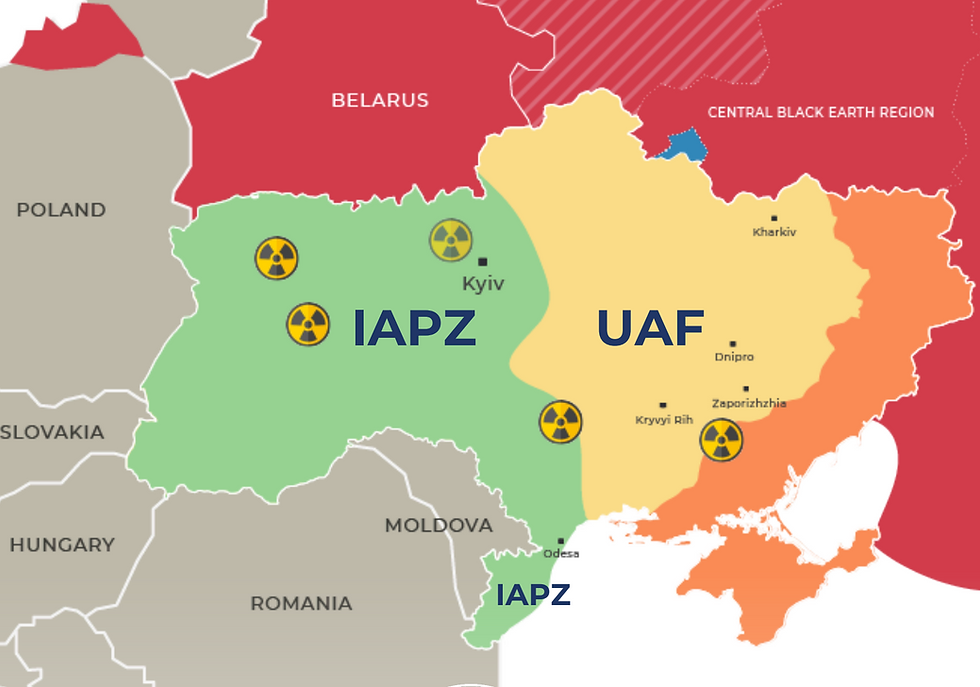Travelling on Ukrainian Trains
- Matthew Parish
- Jan 29, 2024
- 4 min read

By Matthew Parish
As the Editor-in-Chief of the Lviv Herald, it’s inevitably part of my role that I travel around Ukraine, mostly up and down the front line and from our base in Lviv in western Ukraine, on very long train trips. That’s because I don’t live driving or being in cars and you shouldn’t really drive after dark in Ukraine because the roads can be full of drunks and they aren’t properly lit. Many don’t even have cats eyes. Ukraine is a huge country, something often not appreciated by casual observers of the current war. So you are looking at very long and often exhausting journeys by train. Whereas before the war nobody would dream of taking a train from Lviv to Kramatorsk in the Donbas, where I am travelling this evening, now that civilian airspace is closed trains are the only way to go. The journey on which I am about to embark is a gruelling 20 hours, and I’ve taken to trips of this length now as often as twice a week. If I want to report on what’s happening along the front line, there is no other way of doing it.
People from abroad have asked me, why aren’t the trains attacked by the Russians, particularly given that they’re full of soldiers and supplies? There are two short answers to this question. Firstly it would be hugely costly to do so. To hit a train you need to use a ballistic missile with an inertial guidance mechanism, such as the Kalibr, and each Kalibr costs US$1 million - or US$6 million for the missiles with high explosive warheads used to strike ships. Ukrainian trains are very long - typically up to half a mile long - and a single Kalibr cruise missile would probably only destroy between one and three of up to 40 carriages. So that’s one reason why. Another reason is because if the Russians started striking Ukrainian trains, then the Ukrainians would retaliate in kind and start striking Russian trains. Trains are the centrepiece of the Russian internal infrastructure system and they don’t want that. So a curious but firm armistice rule has emerged in relation to trains. The two sides don’t attack one-another’s trains. Travelling by train is therefore far safer than travelling an international civilian convoy, for example. Senior foreign politicians come in and out of Kyiv by train, and they are not struck by the Russians. Train travel is by far the easiest and simplest way of travelling safely round a country at war.
What do you do during these very long train rides? Well, that depends on the class of ticket you have. I try always to travel in what is called “de luxe” class, which is a sort of super first class in which there are only two beds in a small compartment about 5 metres square. There are foam mattresses and bedsheets and decent pillows; a small desk; and an electricity socket. There is storage space for the luggage under the beds. There are two staff members per carriage, who take it in shifts sleeping and working, who look after their passengers. They will make you tea or coffee, for a charge, and they ensure order on the carriage. In these circumstances, you can read, or work, or make telephone calls. Mostly the people travelling in “de luxe” class, which is quite expensive by Ukrainian standards (about 30 Euros to cross the country on a 20-hour train ride), are of a higher quality, shall we say. Then there is standard first class, which is also two beds per compartment but without the thrills. Then there is second class, which is four beds per compartment but still with a door that locks. This is distinctly more uncomfortable and has no thrills. The lower bunks are coveted; the upper bunks are difficult to climb in and out of and nobody much likes them. Finally there is third class, which has no locked compartment doors and two people on beds in the corridor as well as four people in each compartment. Third class is really rough.
Internet access is spotty; it depends on your route. There is no WiFi and there is generally no food. However people are often friendly, and you can strike up conversations. There is plenty you can do on a Ukrainian train, if you have a bit of imagination. The railway stations themselves are a very mixed bag. Those in Kyiv and Lviv are sophisticated, with cafes and waiting rooms and even hotels in them. Those in some other towns are a very mixed bag; Kherson railway station is completely blown to pieces and just amounts to a series of sandbags around a derelict and destroyed building.
I like taking the trains because it gives me time to myself and because I have always had a romanticised attitude towards train travel. I find it a relaxing method of getting away from it all. You while away the hours, sleeping if you can, eating a bit, perhaps drinking some vodka, and generally taking it easy. And there is always some adventure for you at your destination.




